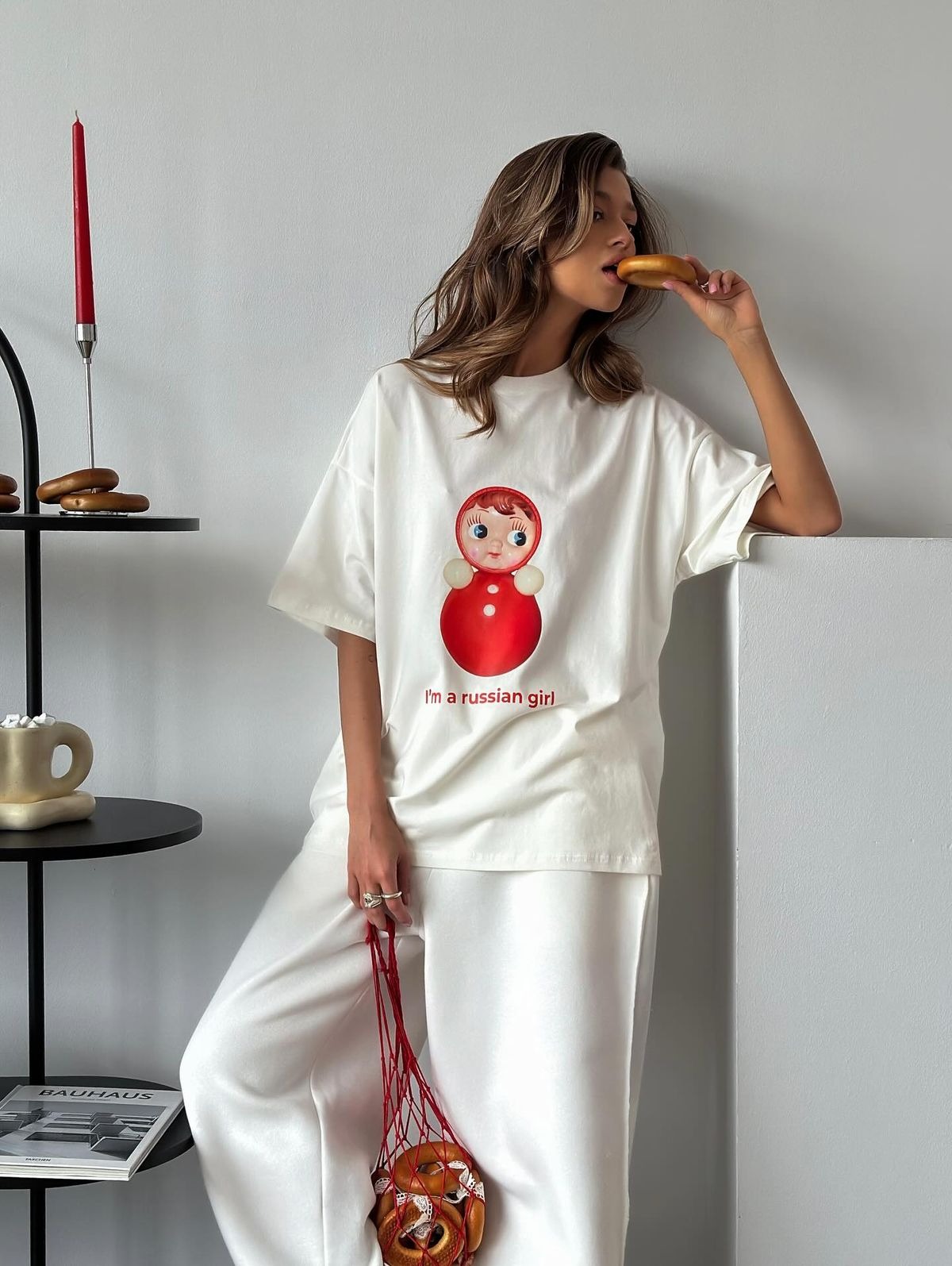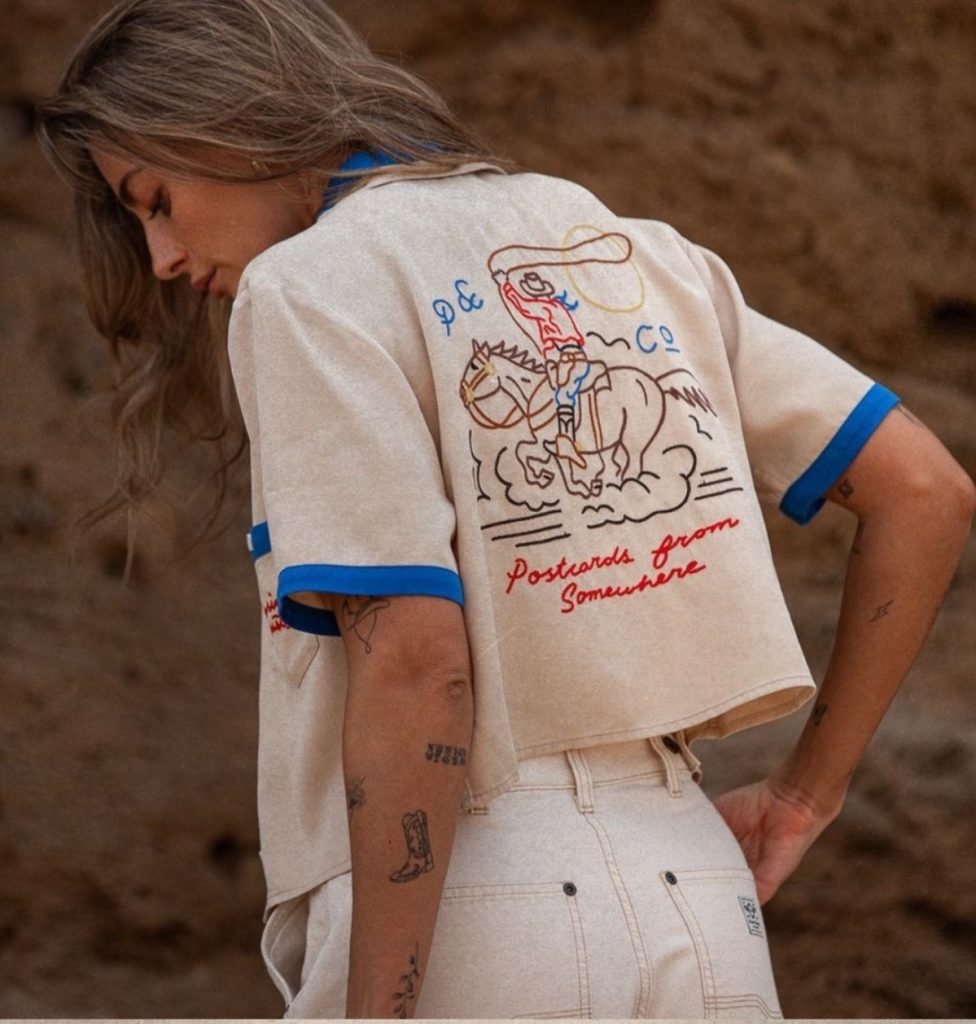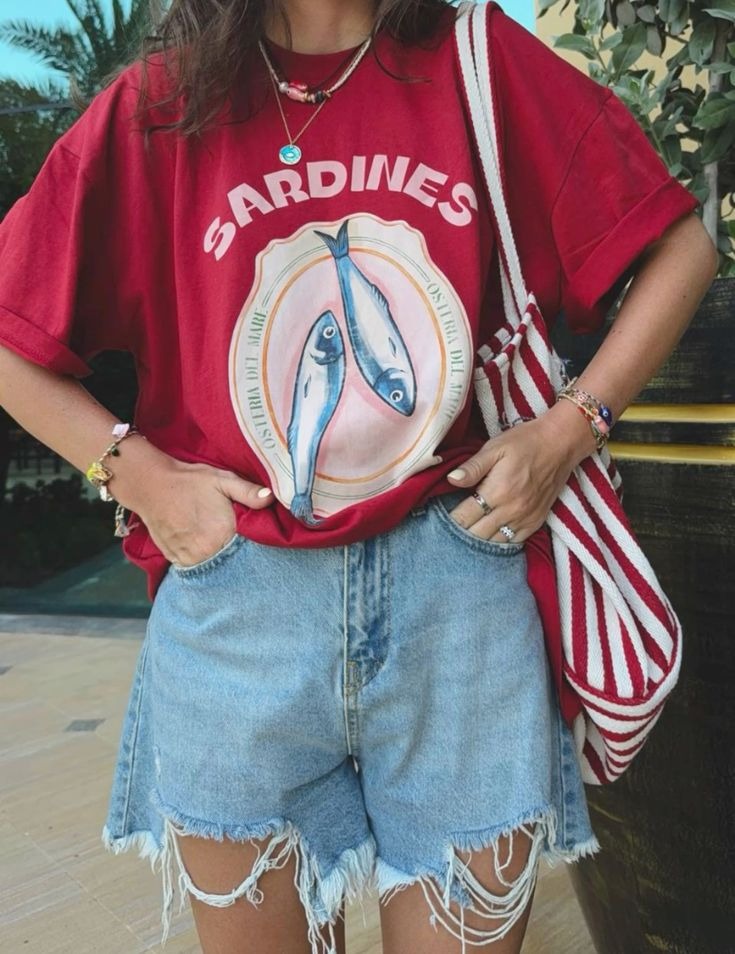Fashion is a powerful and multifaceted phenomenon that transcends mere aesthetics to become a mirror reflecting society’s values, historical shifts, and personal identity. It is not just about clothes, fabrics, or trends, but an ever-evolving language through which individuals express themselves, cultures assert their presence, and economies find momentum. The story of fashion is woven into the fabric of human civilization, from ancient ceremonial garments to the fast-paced catwalks of contemporary cities. This essay explores the profound depth of fashion’s impact across time and space, examining how it shapes and is shaped by social constructs, technological progress, and the continuous pursuit of individuality.
Fashion has long served as a visual marker of cultural belonging and social hierarchy. In ancient societies, what one wore was not simply a personal choice but a strict code dictated by class, gender, and occupation. The opulent robes of Chinese emperors, the toga of Roman senators, and the beaded regalia of African tribal leaders all communicated rank and reverence. Over time, these symbolic expressions evolved, giving birth to traditions and dress codes that persisted for centuries. As civilizations interacted through trade and conquest, fashion also became a site of cultural exchange. The introduction of silk from China to Europe, the adoption of Ottoman turbans in Renaissance Italy, and the export of Indian textiles during colonial expansion all demonstrate how clothing was influenced by—and contributed to—global connectivity.
The Industrial Revolution marked a significant turning point in the history of fashion. Mass production enabled the rise of ready-to-wear clothing, breaking down barriers between elite fashion and everyday attire. Factories replaced handlooms, and with them came the ability to manufacture clothing at unprecedented scale and speed. This democratization of style allowed fashion to reach broader segments of society, blurring class distinctions and amplifying individual expression. Simultaneously, it introduced new challenges such as labor exploitation and environmental degradation, concerns that continue to haunt the fashion industry today. Despite these issues, the period also saw the birth of the modern fashion designer. Names like Charles Frederick Worth began to treat clothing as art, and Paris emerged as the epicenter of haute couture, elevating fashion to new cultural heights.
As the twentieth century unfolded, fashion became increasingly entangled with politics, gender, and identity. The flapper dresses of the 1920s symbolized the newfound freedoms of women following World War I, just as the utilitarian styles of the 1940s mirrored the wartime austerity and resilience. Post-war prosperity in the 1950s gave rise to luxurious silhouettes and domestic ideals, while the rebellious spirit of the 1960s brought forth miniskirts, leather jackets, and psychedelic prints. Each decade told a story, using fabric as a canvas for cultural commentary. Designers began to push boundaries not only in aesthetics but also in ideology. Vivienne Westwood challenged norms with punk fashion. Yves Saint Laurent revolutionized gender norms with the introduction of tailored suits for women. Fashion was no longer confined to the runway or boutique; it became a platform for activism, protest, and progressive thought.
The emergence of street style in the late twentieth century marked another profound shift in the fashion narrative. Once dictated from the top down by designers and fashion houses, style began to bubble up from the grassroots. Youth subcultures such as hip-hop, skateboarding, and grunge became influential forces, challenging the exclusivity of high fashion and redefining cool. Brands began to collaborate with underground artists, musicians, and even graffiti writers, recognizing the commercial and creative value of authenticity. This movement democratized fashion further, showing that style could emerge from any corner of the world, regardless of socioeconomic status or geographic location. The idea of “personal style” gained traction, and fashion became a more inclusive space where self-expression took precedence over conformity.
In the digital age, fashion has undergone yet another transformation, driven by the proliferation of social media, e-commerce, and technological innovation. Platforms like Instagram, TikTok, and Pinterest have given rise to a new breed of influencers who dictate trends with a single post, bypassing traditional gatekeepers like fashion editors and critics. Online marketplaces and fast fashion giants offer affordable options at the click of a button, making the latest styles accessible to virtually anyone with internet access. At the same time, this accessibility comes at a cost. The acceleration of trend cycles has led to overconsumption and a throwaway culture, posing serious threats to the environment. In response, a growing movement toward sustainable fashion has emerged, emphasizing eco-friendly materials, ethical labor practices, and mindful consumption. Designers and consumers alike are reconsidering the lifecycle of garments, advocating for a slower, more responsible approach to style.
Technology has also opened new frontiers in the design and production of fashion. From 3D printing and laser cutting to virtual fittings and AI-generated patterns, innovation is reshaping how clothing is conceived, manufactured, and sold. Digital fashion—garments that exist solely in virtual spaces—is gaining traction among gamers, influencers, and futurists. These developments raise intriguing questions about the nature of fashion itself. If style can exist without physical form, what does that mean for the future of self-expression? Will virtual wardrobes replace real ones? While the answers remain uncertain, one thing is clear: fashion continues to adapt, evolve, and surprise.
Beyond trends and textiles, fashion plays a crucial role in shaping identity. What people wear influences how they are perceived and how they perceive themselves. Clothing can empower, protect, conceal, or reveal. For many, fashion is a tool for navigating social spaces, asserting autonomy, or connecting with communities. Queer fashion, for instance, has long challenged heteronormative standards, using androgyny, flamboyance, or gender-fluid silhouettes to celebrate diversity and resistance. Religious dress, on the other hand, offers a sense of spiritual grounding and communal belonging. In both cases, clothing becomes more than a material object; it becomes a declaration of values, beliefs, and experiences.
Fashion also intersects with mental health and emotional well-being. The act of dressing up, choosing colors, or experimenting with different styles can serve as a form of therapy or self-care. During times of crisis, people often turn to fashion for comfort and control. The COVID-19 pandemic, for instance, gave rise to loungewear and athleisure as people prioritized comfort while working from home. Yet even in isolation, individuals found ways to express themselves through clothing, whether on video calls or in socially distanced gatherings. The resilience of fashion during such times highlights its deep psychological significance and its ability to adapt to human needs.
As we look to the future, the fashion industry faces both exciting opportunities and complex challenges. Globalization has connected designers and consumers across continents, but it has also highlighted inequalities in production chains. Innovation offers new possibilities for creativity and sustainability, but it also demands thoughtful regulation and ethical oversight. Consumer behavior is shifting rapidly, influenced by climate awareness, economic instability, and shifting cultural values. In this evolving landscape, fashion must remain flexible, inclusive, and conscious of its impact.
In conclusion, fashion is far more than an external embellishment; it is a dynamic, living expression of human society. It reflects our histories, challenges our norms, and celebrates our uniqueness. From ancient traditions to digital runways, from luxury brands to secondhand thrift shops, fashion continues to tell the story of who we are and who we aspire to be. As long as people seek to communicate, connect, and create, fashion will remain a vital and transformative force in our world



